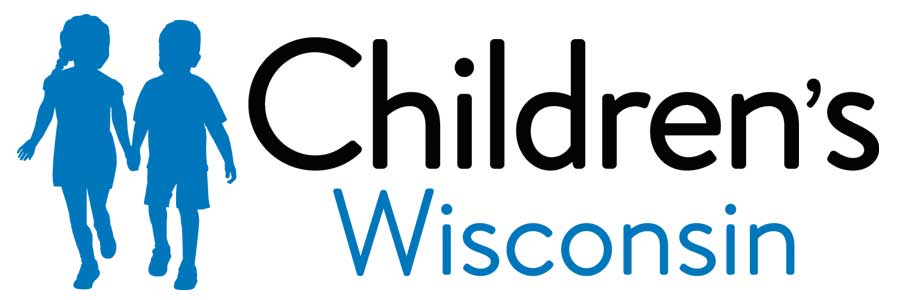What to expect - 3 to 6 months
Key points below
What should my baby be learning?
By 6 months your baby should:
Gross Motor Skills: Big Body Movements
• While laying on tummy pushes up on straight arms and holds self-up.
• While on tummy or back baby moves arms and legs when excited.
• While laying on tummy or sitting up, holds head up and moves head from side to side.
• While laying on tummy on bent arms reaches for toys. Starts to reach for toys while arms are straight.
• While sitting on the floor starts to use hands and arms to balance, needs less help from caregivers to balance.
• Rolls from tummy to back. Starts to roll from back to tummy.
• Enjoys bouncing, swinging and other movement.
While laying on back:
• rolls to both sides.
• reaches for knees and feet with hands, brings feet to mouth, starts to pull off socks.
• helps pull self to sitting while holding your fingers.
Fine motor skills: Play and Self Help
• Looks at hands and fingers, reaches for adult’s face and body with both hands.
• Brings hands to mouth and brings hands together.
• Reaches for toys placed near them with both hands. Uses all fingers to scoop and pick things up.
• Uses sight, touch and taste to explore toys and other objects. Puts lots of objects in mouth. ***Do not put small objects near babies.
• While laying on back or in supported sitting shakes rattles and toys.
While laying on back:
• reaches for dangling toys.
• holds toys, shakes rattles, bangs toys together.
• moves toys from one hand to the other.
• starts to help hold a bottle with both hands.
Language and Social Skills
• Responds to their name. Recognizes your voice and turns head toward you.
• Smiles at self in mirror. Smiles at familiar people. Smiles when you talk to them.
• Stops crying when spoken to.
• Knows when they will be fed.
• Cries at angry tone of voice.
• Laughs and babbles. Makes different kinds of sounds.
• Responds to music.
• Begins to copy movement and sounds.
• Follows fast-moving objects with their eyes.
• Is interested in new people and places.
How can I help my baby?
Gross Motor Skills
• Give baby lots of tummy time.
• Give baby safe bright colored objects to look at and touch while on back, on tummy, sitting with help, being held.
• Move baby’s arms and legs when playing games like ‘so big’.
• While on tummy help baby to push up on arms to reach for toys.
• While baby is on tummy hold or put toys just out of reach. Have your baby reach for the toys.
• Sit on the floor with baby. Hold your baby around the hips or waist. Put toys in front of your baby. Have baby reach and play with the toys.
• Gently rock and sway with baby. Play or sing lullaby music.
• Take your baby for a walk in a stroller.
• Massage your baby with lotion.
Fine Motor Skills
• Dangle colorful toys in front of baby to have them reach and hold toys.
• Shake rattle in front of baby, see if baby can follow rattle with eyes, turn their head to follow rattle and reach for rattle.
• Place rattle in baby’s hand to hold. Show baby how to shake rattle.
• While laying on back or sitting with help have baby bang 2 objects together or help baby clap hands together.
• Play with touch and feel books or toys.
• While sitting with your help, have baby play by filling and dumping a bowl of safe objects.
• Let your baby bring large, clean and safe objects with different textures to their mouth to explore.
• Be aware of what is on the floor or in baby’s reach to make sure baby does not put unsafe objects in mouth
Language and Social Skills
• Play simple games, like “peek-a-boo” or “Itsy, bitsy spider.”
• Read and sing to your baby.
• Look at your baby’s face as you react to sounds your baby makes. Copy what your baby says to you. Try to get your baby to make the sounds you make. ‘Ba, Baba’
• Let your baby look in a mirror and smile at, talk to and touch their reflection.
• Talk to your baby and name what you are doing. Name common objects. Help your child point to pictures.
• Help baby to calm self by rocking, using a pacifier, music or blanket.
Toys to have for your baby at 3 to 6 months
• Activity mat with dangling toys, ‘baby gym’.
• Picture books with one photo on a page.
• Bowl or small bucket of blocks for filling and dumping.
• Toys and rattles that make noise and music. Musical toys with gentle sounds.
• Toys with different textures. Include soft, fuzzy, squishy, firm, and knobby toys.
• Infant safety mirror. Crib mobile. Infant teethers
• Pop up box. Shape sorter box. Ring stacker.
Make sure no objects smaller than the inside of a toilet paper tube are within the reach of baby. This will help prevent choking.
For other health and wellness information, check out this resource:
https://kidshealth.org/ChildrensWi/en/parents
https://kidshealth.org/ChildrensWI/en/parents/development-6mos.html?WT.ac=pairedLink
